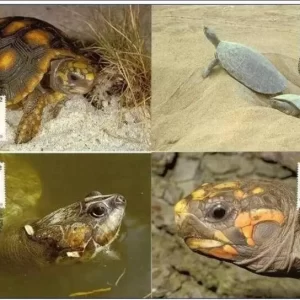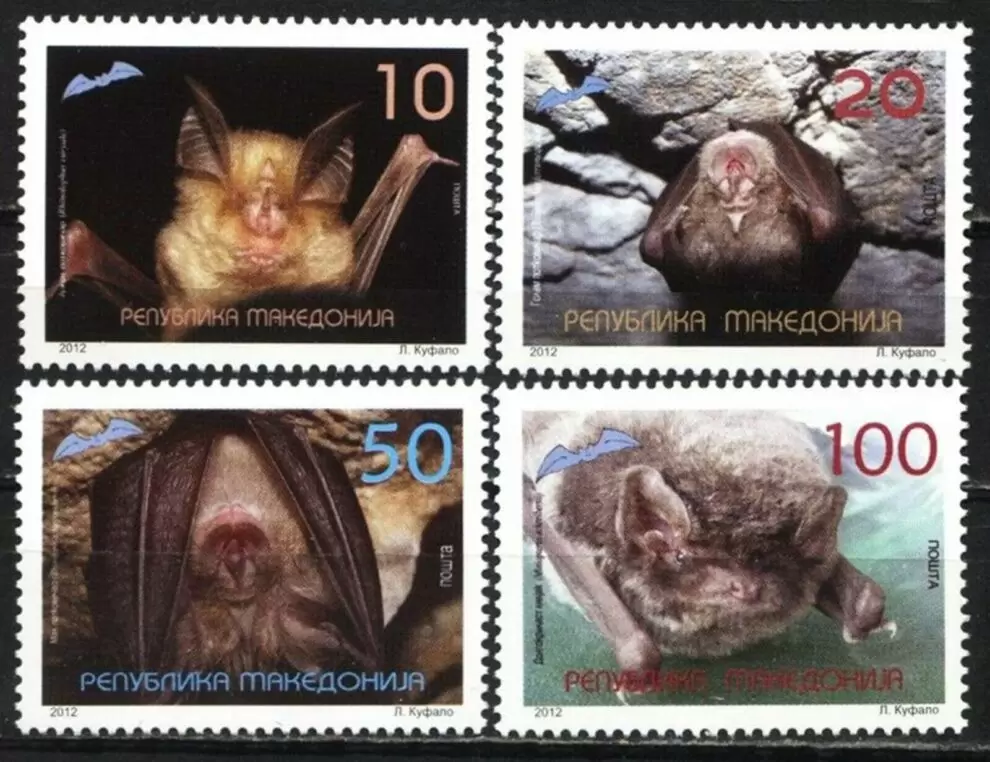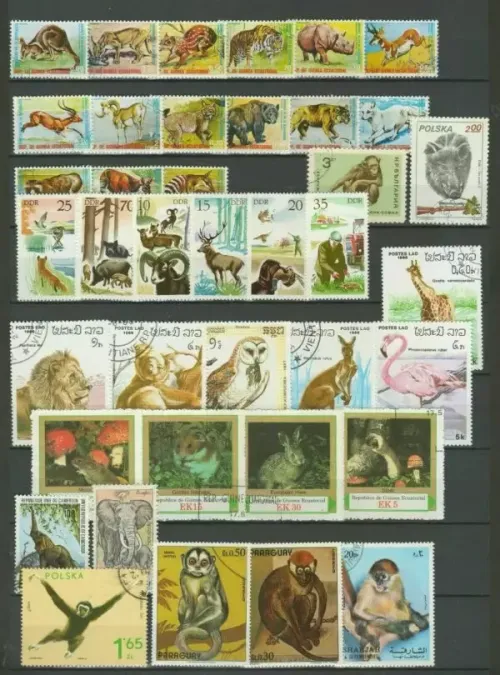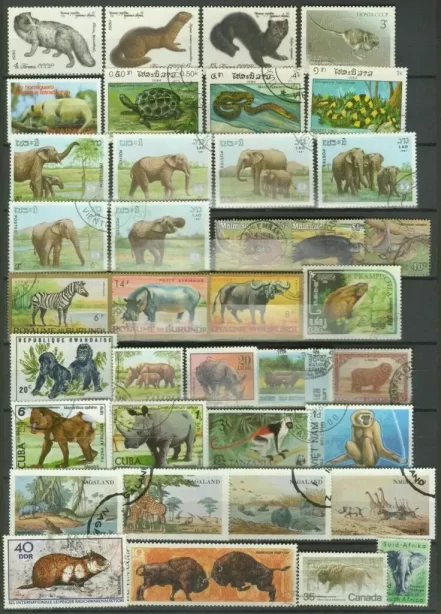Liechtenstein year 1989 WWF Bird Frog Moth FDC max
The term “Bird Frog Moth” appears to be a combination of three distinct types of animals: birds, frogs, and moths. Each of these groups has a wide variety of species, each with unique characteristics. Here’s an overview of each:
Birds
Birds are warm-blooded vertebrates characterized by feathers, beaks, and the ability to lay hard-shelled eggs. They are incredibly diverse, with over 10,000 species found in nearly every habitat on Earth.
Notable Bird Species:
- Parrots: Known for their bright colors and ability to mimic sounds.
- Raptors: Birds of prey like eagles, hawks, and owls.
- Songbirds: Including sparrows, robins, and nightingales.
- Waterfowl: Ducks, geese, and swans, often found in aquatic environments.
- Shorebirds: Such as sandpipers and plovers, which frequent coastal areas.
Frogs
Frogs are amphibians, meaning they live both in water and on land. They are known for their jumping abilities, croaking sounds, bulging eyes, and slimy skin.
Notable Frog Species:
- Tree Frogs: Often found in trees, with adhesive pads on their toes.
- Poison Dart Frogs: Brightly colored and toxic, found in Central and South America.
- Bullfrogs: Large and robust, known for their deep calls.
- Glass Frogs: Have translucent skin, allowing visibility of internal organs.
- Red-eyed Tree Frogs: Famous for their striking red eyes and vibrant colors.
Moths
Moths are insects closely related to butterflies, but they are usually nocturnal. They are characterized by their feathery antennae and often drab colors compared to butterflies.
Notable Moth Species:
- Luna Moth: Known for its large size and pale green wings.
- Atlas Moth: One of the largest moths, with wingspans up to 12 inches.
- Hawk Moths: Known for their rapid flying abilities and hovering while feeding.
- Silkworm Moth: The source of commercial silk production.
- Peppered Moth: Famous for its role in studies of natural selection.
Interactions Between Birds, Frogs, and Moths
In nature, birds, frogs, and moths often interact in various ways:
- Predation: Birds often prey on moths and frogs. Moths are a common food source for many nocturnal birds like owls, while frogs may fall prey to larger birds such as herons.
- Ecosystem Roles: Frogs help control insect populations, including moths, by feeding on them. Birds contribute to pest control by consuming both frogs and moths.
- Habitat Sharing: Many birds and frogs share similar habitats, such as wetlands and forests, where moths also live and serve as a food source.
Conservation
Conservation efforts are crucial for many species of birds, frogs, and moths due to habitat loss, pollution, climate change, and other human activities.
- Bird Conservation: Protected areas, bird sanctuaries, and legislation like the Migratory Bird Treaty Act help protect bird populations.
- Frog Conservation: Initiatives to protect wetlands, reduce pollution, and control invasive species are essential for frog conservation.
- Moth Conservation: Efforts include habitat preservation, reducing light pollution, and promoting organic farming to reduce pesticide use.
Conclusion
Birds, frogs, and moths are integral components of the natural world, each playing unique roles in their ecosystems. Understanding and protecting these diverse groups is essential for maintaining biodiversity and ecological balance.












Reviews
There are no reviews yet.